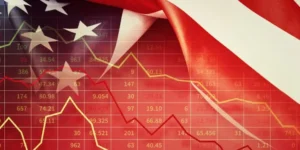
Office Property and Co-working: The COVID Effect May Persist
Co-working fills an obvious gap in the office property market, and the sector has seen exponential growth since its inception in 2005. But with a global pandemic and a possibly permanent downshift in demand for city center office space, can the co-working model survive? New consensus data shows that co-working credit quality has been one of the hardest hit segments in the office property space.








